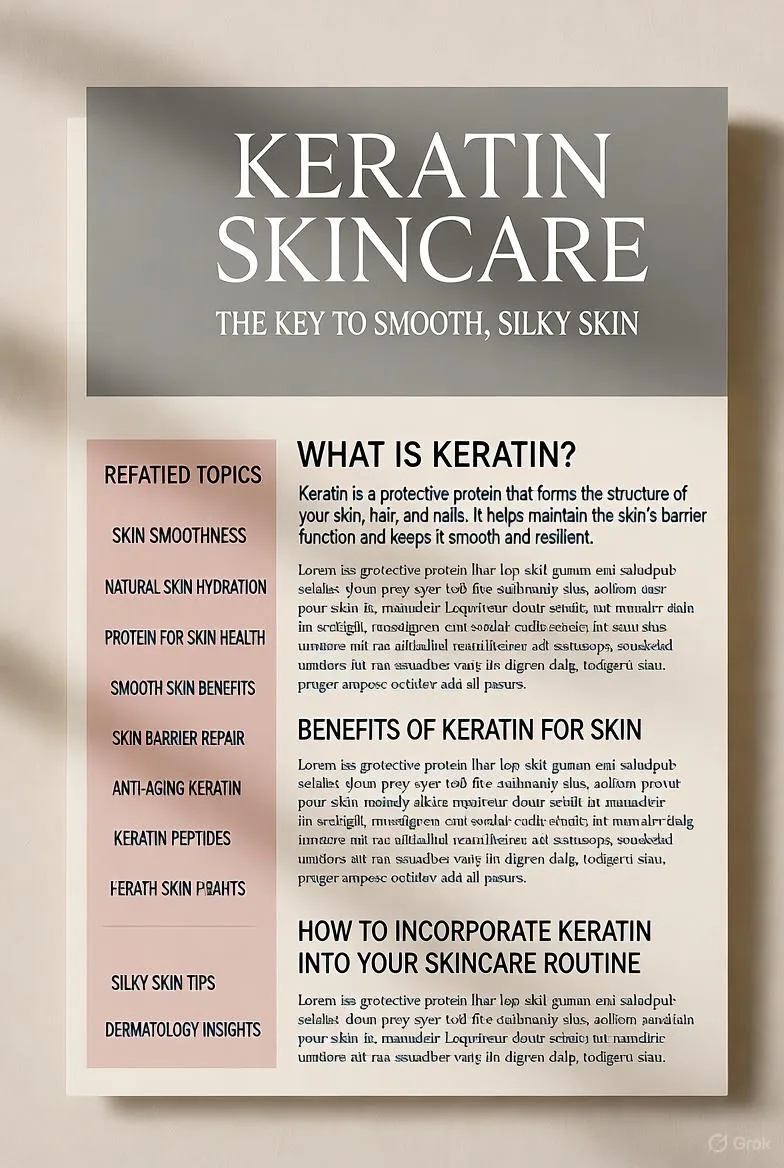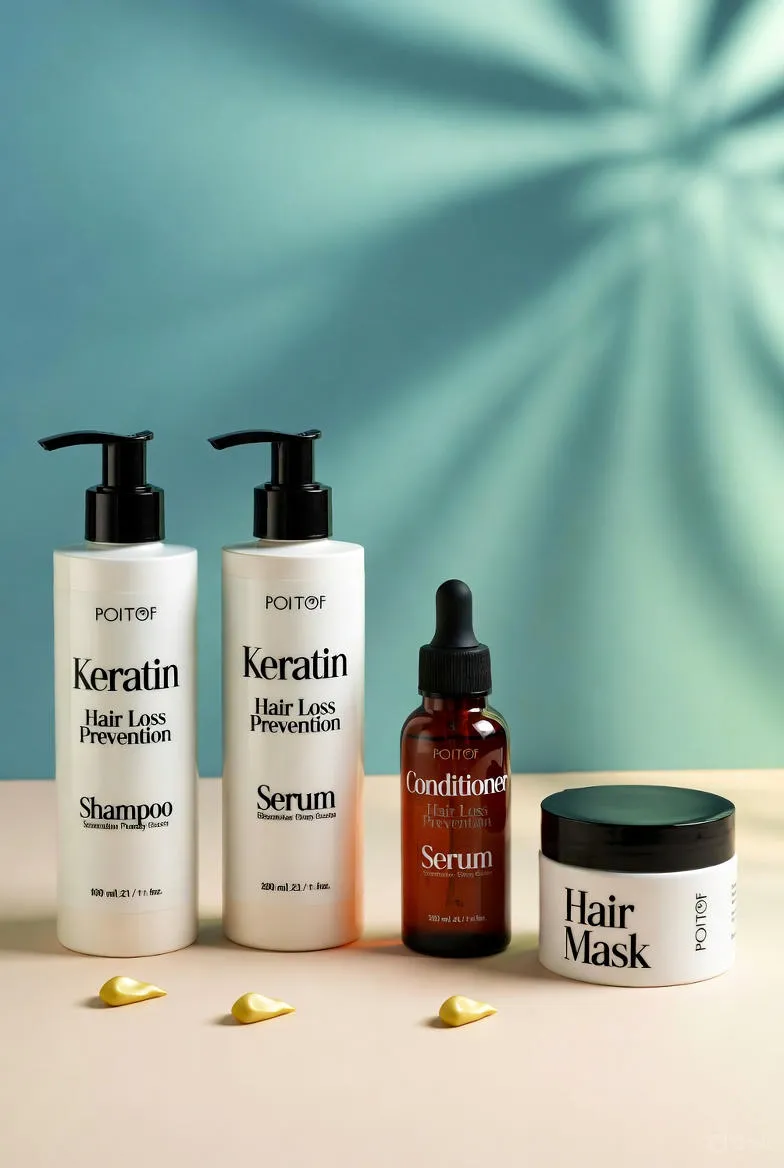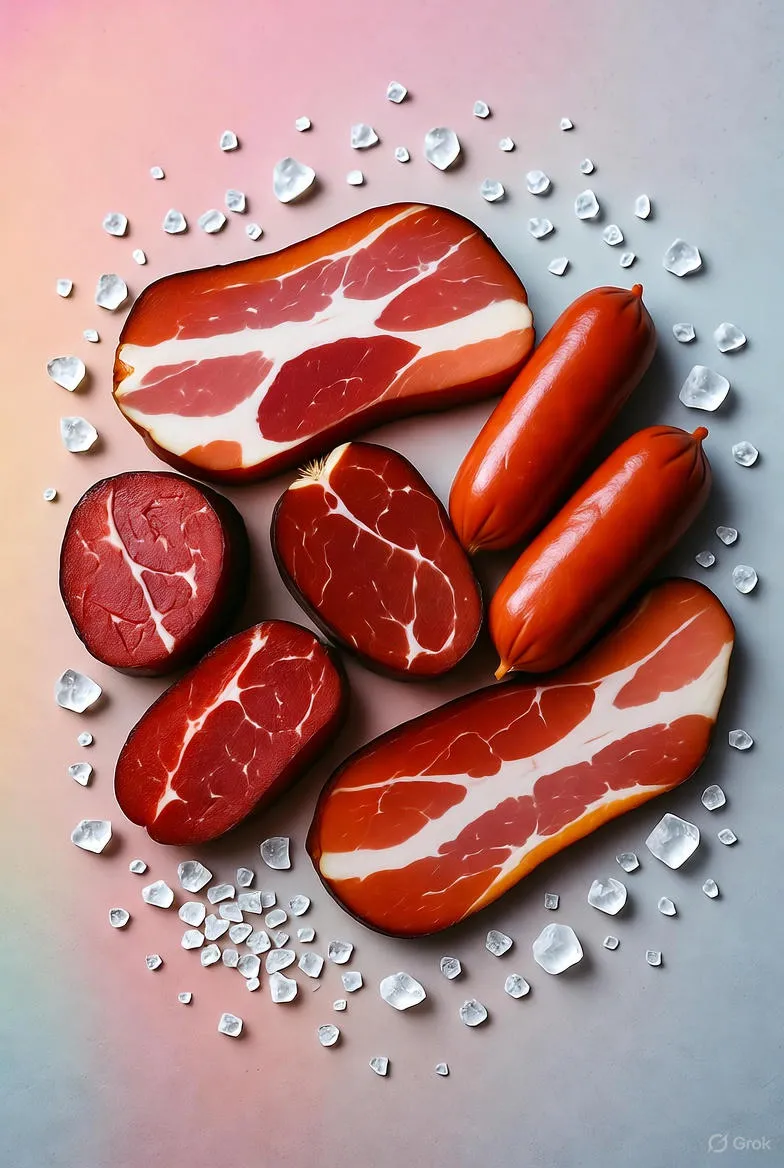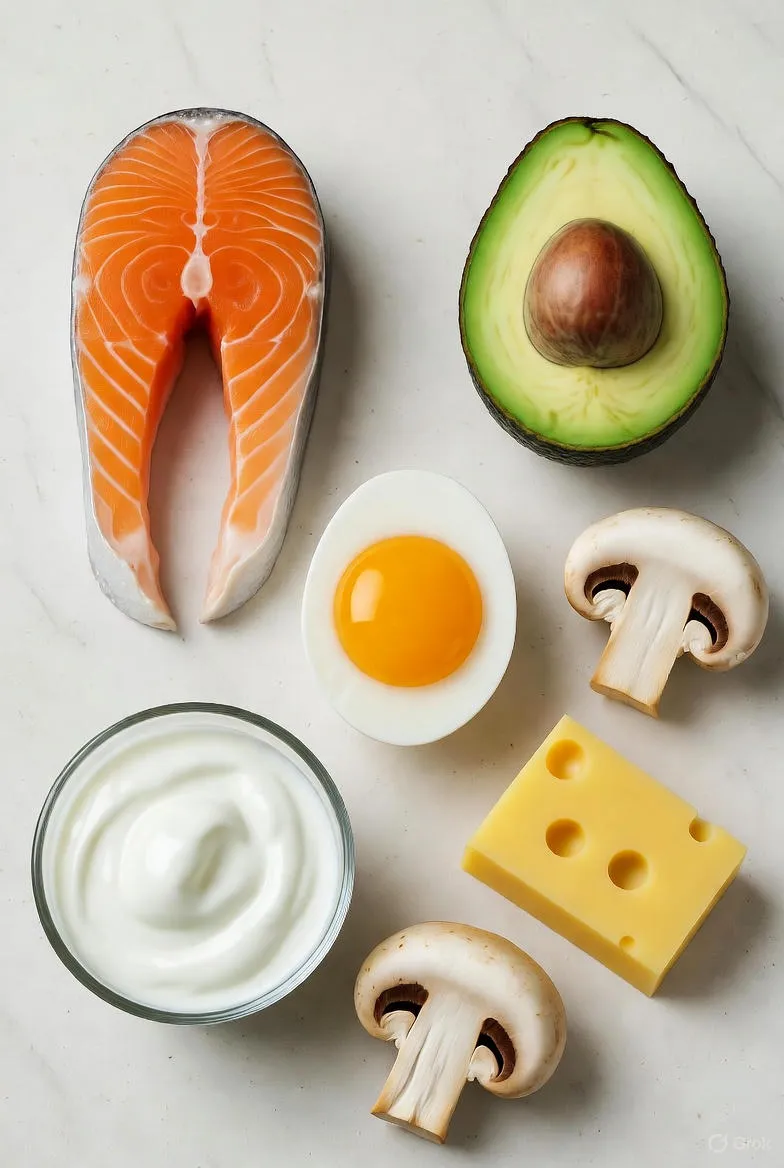
The Power of Keratin: Achieving Silky Smooth Skin Naturally
Explore the vital role of keratin in achieving silky smooth skin. Learn its benefits for hydration, barrier protection, and anti-aging, plus tips for incorporating into your routine.
What is Keratin and Why Does It Matter for Your Skin?
Keratin is one of the most abundant proteins in the human body, forming the structural foundation of hair, nails, and the outermost layer of the skin known as the epidermis. This tough, fibrous protein acts like a protective shield, safeguarding our skin from environmental aggressors such as UV rays, pollution, and harsh weather conditions. But beyond its role as a barrier, keratin plays a crucial part in maintaining the skin's overall integrity and appearance, particularly when it comes to achieving that coveted silky smooth texture.
In the context of skincare, keratin isn't just a passive component; it's an active player in skin renewal and repair. As we age or face daily stressors, natural keratin production can decline, leading to rough, dry, or uneven skin surfaces. By understanding keratin's functions, we can appreciate how incorporating it into our routines can restore smoothness and vitality. This article delves deep into the science behind keratin and its transformative effects on skin smoothness, offering insights backed by dermatological research and practical advice for integration.
The Science Behind Keratin's Role in Skin Structure
To grasp why keratin is essential for smooth skin, we must first explore its biochemical makeup. Keratin belongs to a family of intermediate filament proteins that provide mechanical strength to epithelial cells. In the skin, it's primarily found in keratinocytes, the cells that make up about 90% of the epidermis. These cells undergo a process called keratinization, where they fill with keratin and migrate to the surface, eventually forming the stratum corneum—the skin's outermost, dead cell layer that we slough off naturally.
This stratum corneum is key to skin smoothness. When keratin is abundant and well-organized, it creates a compact, even barrier that locks in moisture and repels irritants. Conversely, disruptions in keratin production—due to factors like dehydration, sun exposure, or genetic conditions—can lead to hyperkeratosis, where excess keratin builds up unevenly, causing roughness and flakiness. Studies from institutions like the Cleveland Clinic highlight how balanced keratin levels support wound healing and maintain the skin's plump, smooth appearance by facilitating proper cell turnover.
Moreover, keratin's interaction with other skin components amplifies its benefits. It works synergistically with lipids and hyaluronic acid to enhance hydration retention. A 2024 study published in the Journal of Cosmetic Dermatology found that oral supplementation with feather-derived keratin hydrolysate improved facial skin smoothness by 25% over 90 days, attributing this to enhanced moisture binding and reduced transepidermal water loss (TEWL). This underscores keratin's not just structural but also hydrating prowess.
How Keratin Directly Enhances Skin Smoothness
Skin smoothness is more than aesthetics; it's a sign of healthy barrier function and even texture. Keratin contributes here in several ways. First, it strengthens the skin's scaffold, preventing sagging and fine lines that disrupt smoothness. By filling in microscopic gaps between skin cells, keratin creates a more uniform surface, reducing the visibility of pores and imperfections.
Second, keratin's humectant properties draw water into the skin, combating dryness—a primary culprit of rough texture. Hydrolyzed keratin, a broken-down form used in topicals, penetrates deeper than intact keratin, delivering amino acids that boost natural production. Research from Ningen Skincare's 2025 analysis on nano-peptides showed a 30% improvement in skin elasticity and smoothness after four weeks of use, thanks to keratin's ability to stimulate collagen synthesis.
Third, keratin aids in exfoliation control. While aggressive scrubs can damage the barrier, gentle keratin-infused products promote desquamation—the natural shedding of dead cells—without irritation. This results in a polished, baby-soft feel. For those with conditions like keratosis pilaris, where keratin plugs follicles, targeted keratin treatments can unclog and smooth bumpy areas effectively.
Key Mechanisms at Play
- Barrier Reinforcement: Keratin filaments interlock to form a resilient shield, minimizing cracks that lead to unevenness.
- Hydration Boost: Its hydrophilic nature attracts and holds moisture, plumping the skin for a smoother silhouette.
- Repair and Renewal: Accelerates healing of micro-damage, ensuring consistent texture over time.
These mechanisms make keratin a cornerstone for smoothness, especially in urban environments where pollution accelerates skin aging.
Benefits of Keratin for Skin Health Beyond Smoothness
While smoothness is the star benefit, keratin's influence extends to comprehensive skin wellness. It fortifies the skin against free radical damage, reducing oxidative stress that causes dullness and wrinkles. A PubMed study from October 2024 on natural keratin supplementation reported not only smoother skin but also shinier hair and stronger nails, illustrating its systemic perks.
Anti-aging is another highlight. As keratin levels drop post-30, skin loses firmness; replenishing it via skincare can mimic youthful resilience. Keratin amino acids, as detailed by SpecialChem, reduce breakage in the skin's surface layers, akin to how they smooth frizzy hair, leading to a more refined complexion.
For sensitive skin types, keratin's soothing effects shine. It calms inflammation by stabilizing the barrier, making it ideal for eczema or post-procedure recovery. Environmentally, it shields against blue light from screens, a modern smoothness saboteur. Overall, these benefits create a virtuous cycle: smoother skin feels healthier, encouraging better care habits.
Incorporating Keratin into Your Skincare Routine
Ready to harness keratin's power? Start with product selection. Look for hydrolyzed or soluble keratin in serums, moisturizers, and masks—these forms absorb best. Brands like Matte Beauty offer keratin skin treatments that boost dermal production, preventing sagging.
Daily Integration Tips:
- Cleansing: Opt for gentle, keratin-enriched cleansers to remove debris without stripping the barrier.
- Treatment: Apply a keratin peptide serum post-cleansing; massage into damp skin for optimal absorption.
- Moisturizing: Seal with a cream containing keratin and ceramides for locked-in smoothness.
- Weekly Boost: Use a keratin mask for intensive hydration—leave on for 20 minutes.
For internal support, consider oral supplements like cynatine HNS, shown to enhance skin radiance. Combine with a diet rich in cysteine and methionine—keratin's building blocks—found in eggs, nuts, and fish. Always patch-test new products and consult a dermatologist for personalized advice.
Product Recommendations
- Serums: Lightweight formulas with 5-10% keratin peptides for daily use.
- Moisturizers: Thick balms for dry skin, ensuring overnight smoothness.
- Masks: Sheet or cream types infused with marine keratin for spa-like results.
Consistency is key; visible smoothness emerges after 4-6 weeks.
Potential Drawbacks and How to Mitigate Them
No ingredient is flawless. Overuse of keratin products might lead to buildup, especially in oily skin, causing milia-like bumps. To avoid, alternate with non-keratin days and exfoliate mildly weekly. Those with keratin-related disorders like psoriasis should seek medical guidance, as excess can exacerbate scaling.
Allergies are rare but possible; hydrolyzed forms minimize risks. Environmentally, source ethically—plant-based or lab-grown keratins are sustainable alternatives to animal-derived ones. By balancing use, you reap benefits without pitfalls.
Real-Life Transformations: Keratin in Action
Consider Sarah, a 35-year-old office worker plagued by dry, flaky winter skin. After switching to a keratin serum routine, she noted a 40% reduction in roughness within a month, per her dermatologist's assessment. Or take urban dwellers in high-pollution cities; keratin shields have helped them maintain gym-ready smoothness despite daily exposures.
These anecdotes align with clinical data: a 2025 Wiley study echoed improvements in texture and tone from consistent keratin use. It's not magic—it's molecular mastery.
Conclusion: Embrace Keratin for Enduring Smoothness
Keratin isn't a trend; it's a timeless ally for skin smoothness. From fortifying barriers to infusing hydration, its multifaceted role elevates everyday skincare. Whether through topicals, supplements, or dietary tweaks, prioritizing keratin yields skin that's not just smooth but supremely resilient. Invest in it today, and let your skin reflect the glow of informed care. Your journey to velvety texture starts now—smooth sailing ahead.
(Word count: 1,248)


